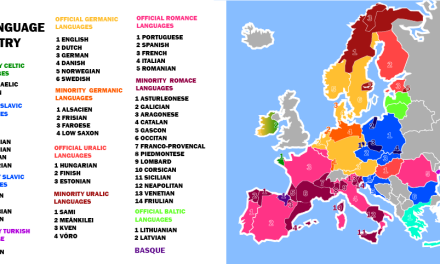World Suicide Prevention Day, observed annually on September 11, was established by the International Association for Suicide Prevention and is supported by the United Nations and World Health Organization. This day aims to raise awareness about suicide, reduce stigma, and encourage coordinated programs to lower suicide rates globally. Finland, once struggling with the highest suicide rate worldwide, is now a shining example of what dedicated prevention efforts can achieve. ‘It’s often referred to as the Finnish Miracle,’ says Timo Partonen, professor at the Finnish Institute for Health and Welfare.

But it wasn’t just a miracle. Finland, a Nordic country of 5.5 million people, was the first to develop a research-based national program for suicide prevention. The program ran from 1986 to 1996 and proved highly successful. ‘One of the two most critical factors for this decrease was a change in practices of professionals, especially those of general practitioners working in primary healthcare, to treat patients with depression better,’ says Partonen. ‘Also, increasing general wellbeing and the availability of new, safe, and effective antidepressants must have played a role,’ adds Sami Pirkola, Professor of Social Psychiatry at Tampere University.
The second key factor in Finland’s success was its innovative approach to media reporting on suicides. By limiting specific details, the goal was to reduce the likelihood of imitation behavior, known as the ‘copycat effect.’ This phenomenon occurs when exposure to suicide stories in the media leads to an increase in similar incidents. Research has shown that real-life suicide cases, especially those involving celebrities, are more likely to trigger imitation compared to fictional portrayals, and newspaper coverage has a greater impact than televised reports. ‘Finnish media has revised its approach to reporting suicides in an effort to mitigate the risk of copycat incidents,’ says Partonen.

Between 1990 and 2022, Finland’s suicide mortality rate decreased by 57 percent, from 31.0 to 13.3 per 100,000 citizens. For comparison, the global average in 2021, according to the latest WHO data, was 9 suicides per 100,000 citizens. However, such comparisons are challenging because many countries underreport suicide rates due to social stigma, cultural factors, or legal issues. ‘What other countries could learn from the Finnish suicide prevention program is increasing awareness, restricting lethal suicide methods—such as pesticides, toxic pharmacological agents, and high places for jumping—and investing in educating health and social care workers,’ says Pirkola.
Building on its earlier success, Finland launched its second suicide prevention program in 2020, which will run until 2030. ‘At the moment, there is active research going on in monitoring the situational variation in suicidal thoughts, meaning that we would learn better to recognize the moments of the highest acute risk, such as impulses and hopelessness,’ says Pirkola. ‘These findings could be very useful for the continuation of the prevention program.’
Thinking of suicide? Is your life in immediate danger? Call 112 immediately.
If your life is not in immediate danger but you could still use help, call 113 (standard rate) or 0800-0113 (free of charge) or start an online chat.




